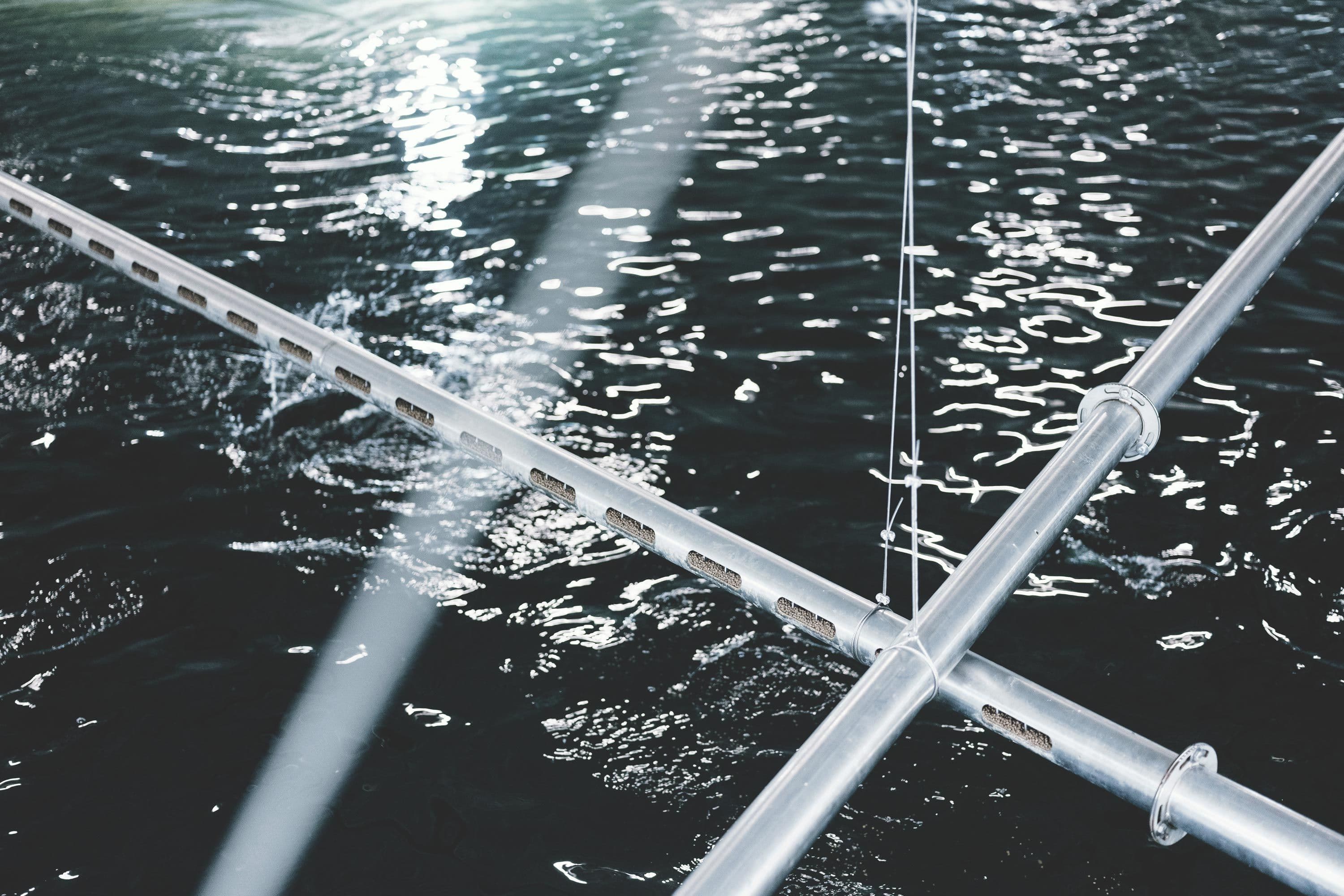
Feed conversion ratio (FCR) measures the productivity of different protein production systems. A lower FCR represents a more efficient use of feed resources.
Efforts to improve our Feed Conversion Ratio (FCR)
Excess feed is a waste of resources, may pose a local environmental challenge and is costly. Avoiding excess feeding is important to reduce the FCR further. We are working to specialize feeding operations, amongst other things by centralizing feeding in one or a few operational centers in each region. More digital tools and cameras applied in the pens to help assess when the salmon is full, reduces excess feed.
We are also measuring the economic Feed Conversion Ratio (eFCR), which adds mortality to the measurement. The eFCR describes the amount of feed required to produce one kilo of farmed salmon. It is calculated as the total weight of feed divided by net production (harvested weight).


